Three identical thin rods, each of mass m and length l, are joined to form an equilateral triangular frame. Find the moment of inertia of the frame about an axis parallel to tis one side and passing through the opposite vertex. Also find its radius of gyration about the given axis.
To find the moment of inertia of the equilateral triangular frame formed by three identical thin rods about an axis parallel to one side and passing through the opposite vertex, we can follow these steps:
Step 1: Understand the Geometry
We have an equilateral triangle formed by three rods, each of mass m and length l. We need to find the moment of inertia about an axis parallel to one side (let's say side BC) and passing through the opposite vertex (point A).
Step 2: Identify the Moment of Inertia of Each Rod
1. For Rod AB: The moment of inertia about the axis through A (which is parallel to BC) can be calculated using the parallel axis theorem. The distance from the axis to the center of mass of rod AB is l2 (since the center of mass of a rod is at its midpoint).
IAB=Icm+md2=ml23+m(l2)2=ml23+ml24=4ml2+3ml212=7ml212
2. For Rod AC: By symmetry, the moment of inertia of rod AC about the same axis will be the same as that of rod AB.
IAC=IAB=7ml212
3. For Rod BC: The moment of inertia about the axis through A is simply the moment of inertia about its own center of mass plus the distance squared from the axis to the center of mass. The center of mass of rod BC is at a distance d from point A, where d=lsin(60∘)=√32l.
IBC=Icm+md2=ml23+m(√32l)2=ml23+m3l24=4ml2+9ml212=13ml212
Step 3: Total Moment of Inertia
Now, we can sum the moments of inertia of all three rods to find the total moment of inertia I:
I=IAB+IAC+IBC=7ml212+7ml212+13ml212=27ml212=9ml24
Step 4: Find the Radius of Gyration
The radius of gyration k is given by the formula:
k=√IM
where M is the total mass of the frame. Since there are three rods, the total mass M=3m.
k=
⎷9ml243m=√9l212=√3l24=l√32
Final Answers
- The moment of inertia of the triangular frame about the given axis is 9ml24.
- The radius of gyration about the given axis is l√32.
We have an equilateral triangle formed by three rods, each of mass m and length l. We need to find the moment of inertia about an axis parallel to one side (let's say side BC) and passing through the opposite vertex (point A).
1. For Rod AB: The moment of inertia about the axis through A (which is parallel to BC) can be calculated using the parallel axis theorem. The distance from the axis to the center of mass of rod AB is l2 (since the center of mass of a rod is at its midpoint).
IAB=Icm+md2=ml23+m(l2)2=ml23+ml24=4ml2+3ml212=7ml212
IAC=IAB=7ml212
IBC=Icm+md2=ml23+m(√32l)2=ml23+m3l24=4ml2+9ml212=13ml212
Now, we can sum the moments of inertia of all three rods to find the total moment of inertia I:
I=IAB+IAC+IBC=7ml212+7ml212+13ml212=27ml212=9ml24
The radius of gyration k is given by the formula:
k=√IM
where M is the total mass of the frame. Since there are three rods, the total mass M=3m.
k=
⎷9ml243m=√9l212=√3l24=l√32
- The moment of inertia of the triangular frame about the given axis is 9ml24.
- The radius of gyration about the given axis is l√32.
Topper's Solved these Questions
- RIGID BODY DYNAMICS 1BOOK - CENGAGE PHYSICS ENGLISHCHAPTER - RIGID BODY DYNAMICS 1EXERCISE - Solved Examples
9 Videos
- RIGID BODY DYNAMICS 1BOOK - CENGAGE PHYSICS ENGLISHCHAPTER - RIGID BODY DYNAMICS 1EXERCISE - Exercise 2.1
6 Videos
- PROPERTIES OF SOLIDS AND FLUIDSBOOK - CENGAGE PHYSICS ENGLISHCHAPTER - PROPERTIES OF SOLIDS AND FLUIDSEXERCISE - INTEGER_TYPE
2 Videos
- RIGID BODY DYNAMICS 2BOOK - CENGAGE PHYSICS ENGLISHCHAPTER - RIGID BODY DYNAMICS 2EXERCISE - Interger
2 Videos
Similar Questions
Three identical rods each of mass M, length l are joined to form an equilateral ΔABC . Find the Moment of Inertia about BC as shown.
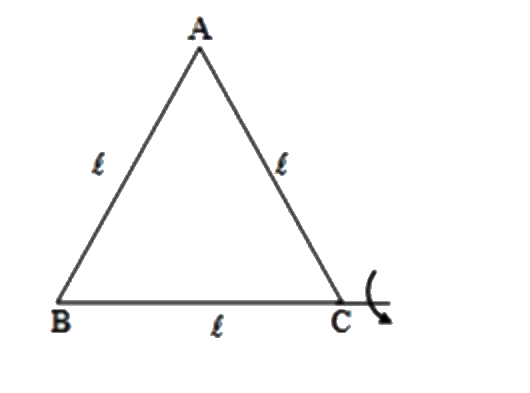
View SolutionFour thin rods each of mass m and length l are joined to make a square. Find moment of inertia of all the four rods about any side of the square.
View SolutionA rod of mass 3 kg and of length 3m is bent in the form of an equilateral triangle. The moment of inertia of the triangle about a vertical axis perpendicular to plane and passing through centre of mass is
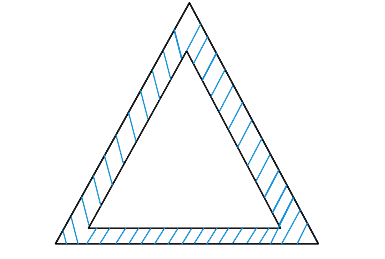
View Solution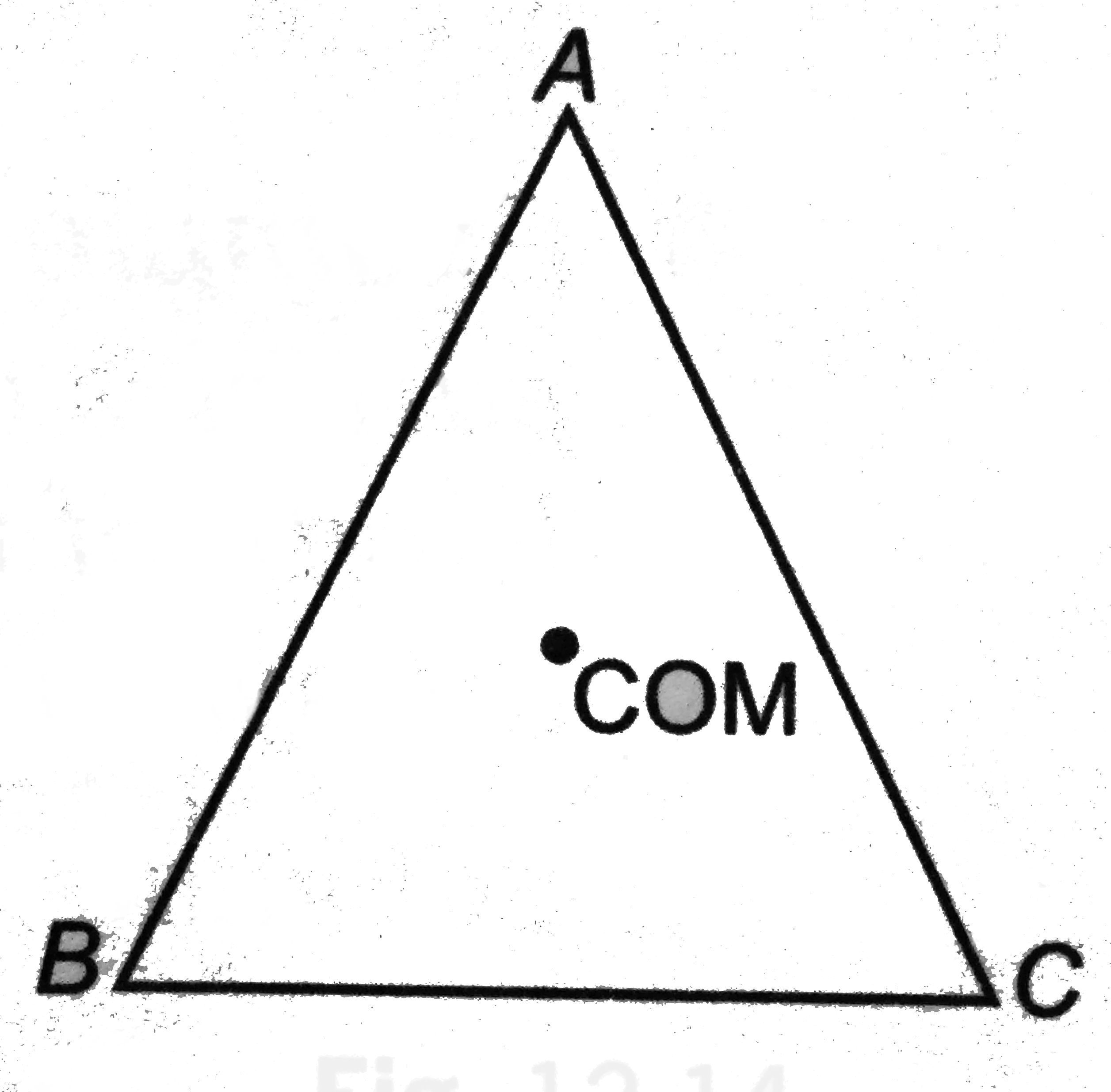
Three rods each of mass m and length l are joined together to form an equilateral triangle as shown in figure. Find the moment of inertial of the system about an axis passing through its centre of mass and perpendicular to the plane of the particle.
View SolutionThree identical rods, each of mass m and length l, form an equaliteral triangle. Moment of inertia about one of the sides is
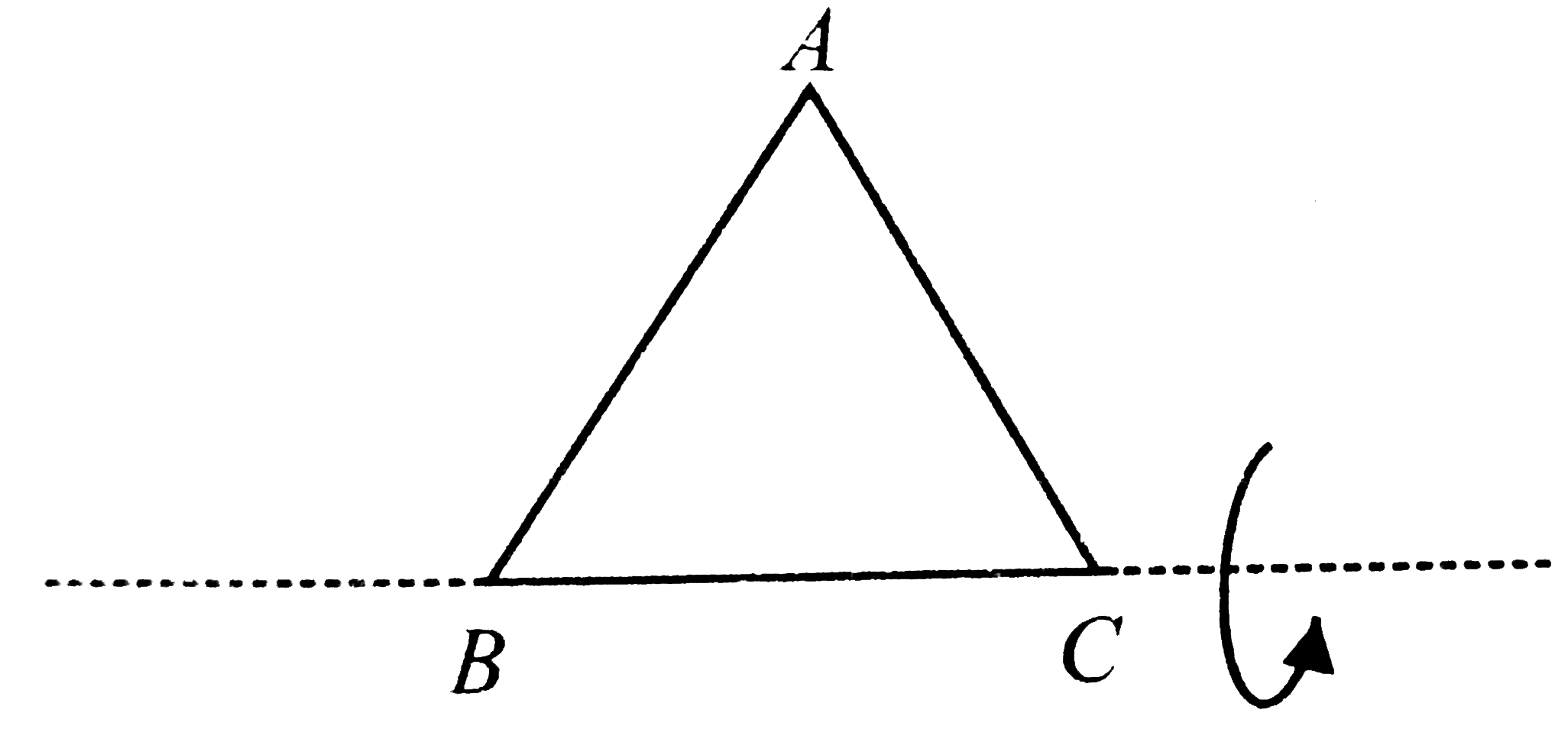
View Solution
Three rods each of mass m and length l are joined together to form an equilateral triangle as shown in figure. Find the moment of inertial of the system about an axis passing through its centre of mass and perpendicular to the plane of the particle.
View SolutionFour identical thin rods each of mass M and length l, from a square frame. Moment of inertia of this frame about an axis through the centre of the square and perpendicular to its plane is
View SolutionTwo identical rods each of mass M and length L are kept according to figure. Find the moment of inertia of rods about an axis passing through O and perpendicular to the plane of rods.
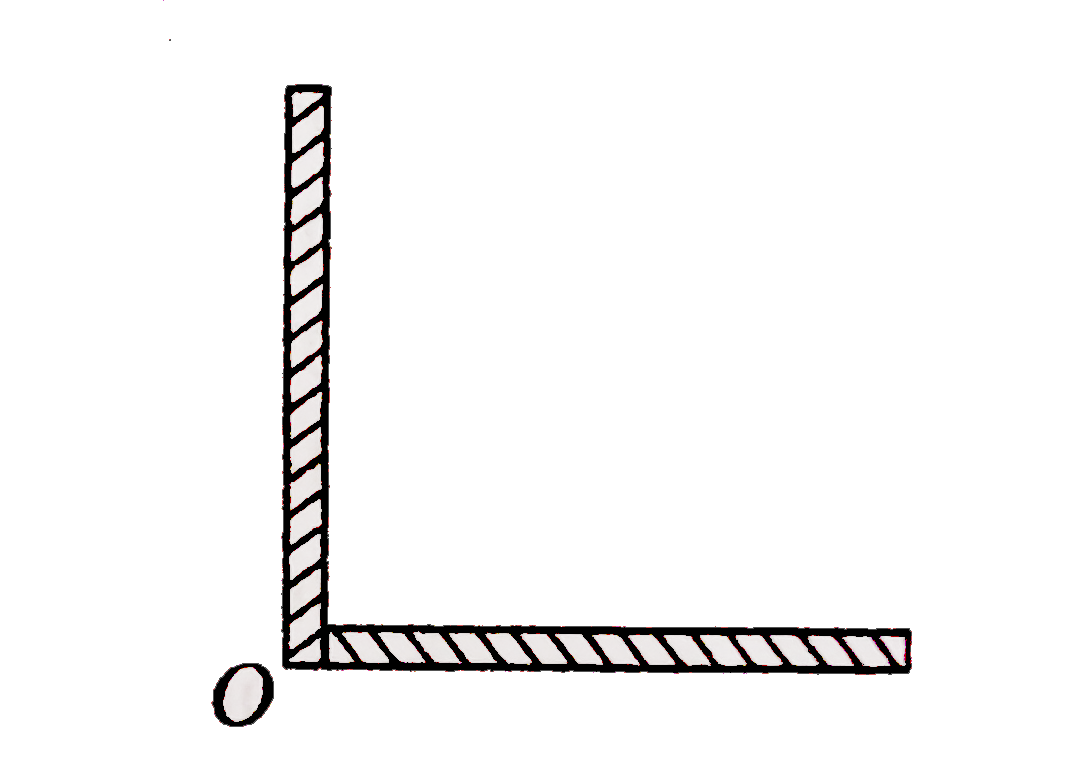
View SolutionFour identical uniform thin rods, each of mass m and length l are joined to a common point O as shown in the figure. Moment of inertia of the system about an axis passing through O and lying in the plane of rods is
View SolutionThree uniform rods, each of length 21 ( = 1m) and mass M = 8 kg are rigidly joined at their ends to form a triangular framework. Find the moment of inertia of the framework about an axis passing through the midpoints of two of its sides?
View Solution
